5 Recommended Plants That Can Purify Indoor Air in 2025
Presents five scientifically-backed plant recommendations that can help purify your indoor air in 2025, with consideration for both effectiveness and cost.
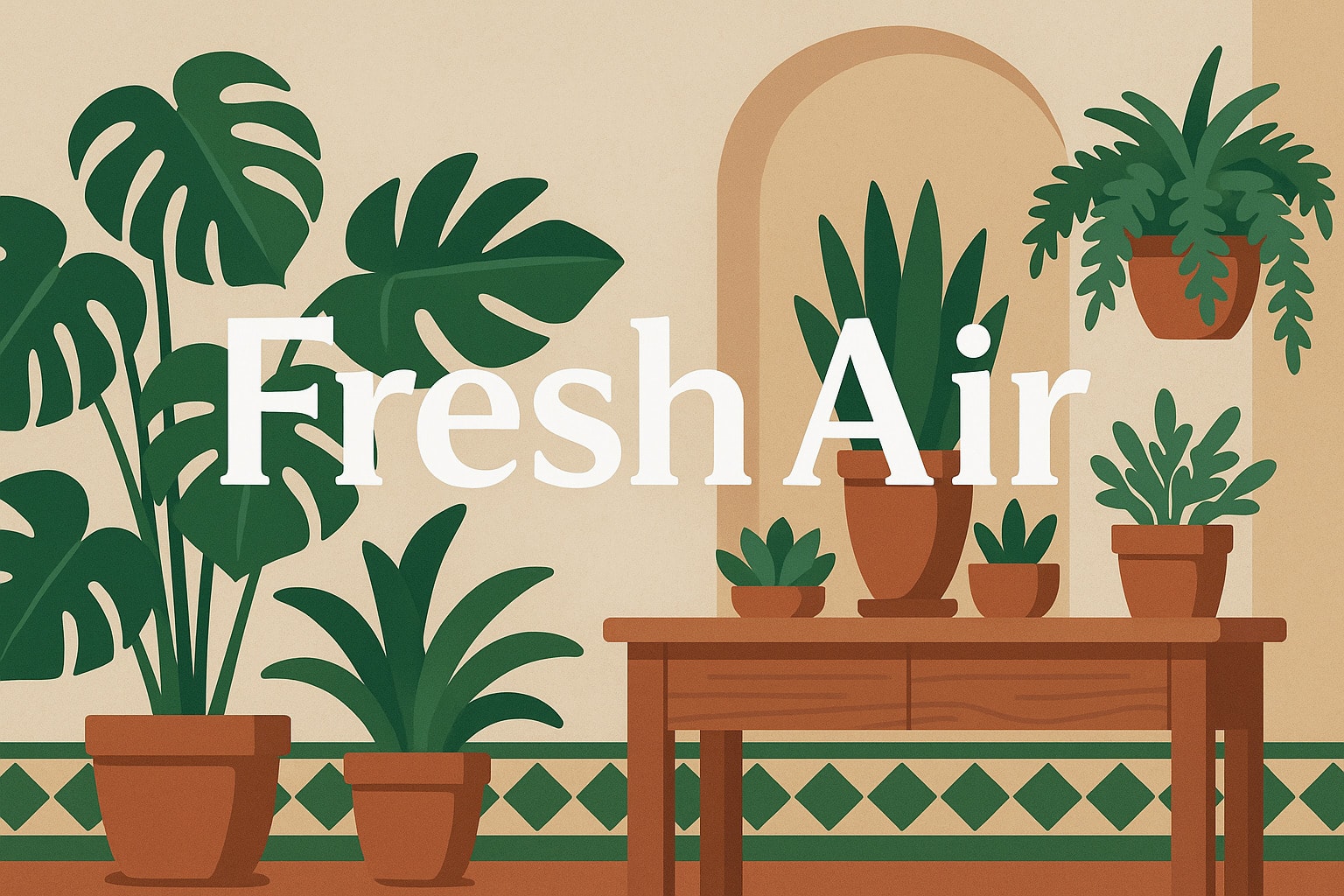
In today’s increasingly sealed and energy-efficient homes, indoor air quality has become a growing concern. The air inside our homes can contain a variety of pollutants, including volatile organic compounds (VOCs) from furniture, cleaning products, and building materials. Fortunately, certain houseplants can help improve indoor air quality while adding beauty to your living spaces.
This article presents five scientifically-backed plant recommendations that can help purify your indoor air in 2025, with consideration for both effectiveness and cost.
The Science Behind Plant Air Purification
The ability of plants to purify indoor air gained widespread attention following NASA’s Clean Air Study in 1989, led by researcher B.C. Wolverton. This groundbreaking research demonstrated that certain plants could remove toxic agents such as benzene, formaldehyde, and trichloroethylene from the air in sealed test chambers.
More recent scientific research has continued to investigate this phenomenon. A comprehensive 2024 study published in the journal Scientific Reports evaluated 13 common indoor plants for their ability to absorb and purify benzene pollution. The researchers measured both purification rates and purification capacity per unit leaf area under different pollutant concentrations.
While some experts, including the American Lung Association, note that the air-cleaning abilities of plants in real-world home environments may be less dramatic than in laboratory settings due to factors like air exchange rates, the scientific consensus still supports that certain plants can contribute to improved indoor air quality, especially when used in sufficient numbers.
Top 5 Air-Purifying Plants for 2025
Based on scientific research and practical considerations like cost and care requirements, here are five recommended plants for improving your indoor air quality:
1. Snake Plant (Sansevieria trifasciata)
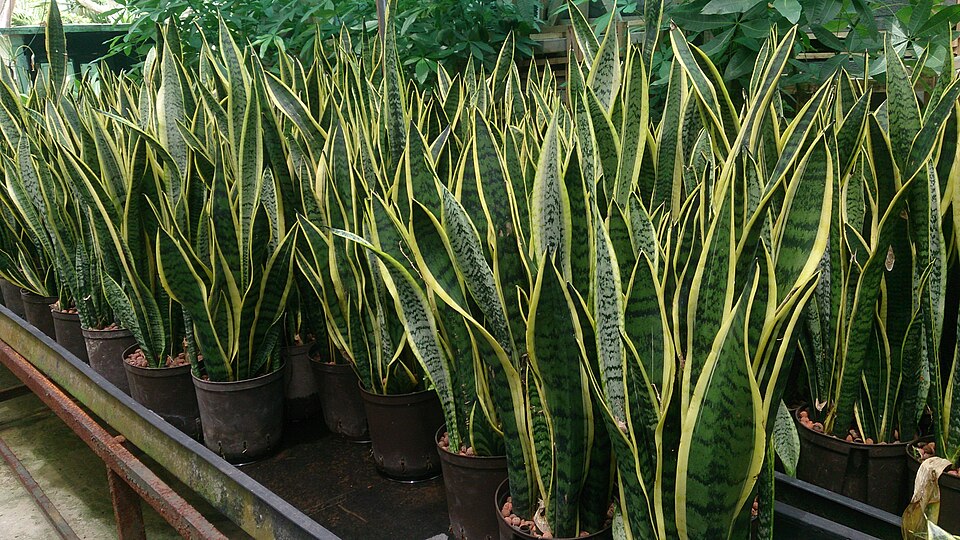
Scientific basis: The 2024 study in Scientific Reports ranked Sansevieria trifasciata as the top performer for overall air purification ability. It showed the highest purification capacity per unit leaf area among all tested plants, with an average of 6.90 mg·m⁻²·h⁻¹ across different pollutant concentrations.
Air purification benefits: Snake plants are particularly effective at removing benzene, formaldehyde, trichloroethylene, xylene, and toluene from indoor air. Unlike most plants, they also release oxygen at night, making them excellent bedroom companions.
Cost consideration: Snake plants are very affordable, with prices ranging from $18-25 for small plants, $25-45 for medium plants, and $45-70 for larger specimens. The average price is approximately $35, making them a cost-effective choice.
Care requirements: Snake plants are exceptionally low-maintenance, tolerating low light conditions and infrequent watering. They’re perfect for beginners or those with busy schedules.
2. Peace Lily (Spathiphyllum floribundum)
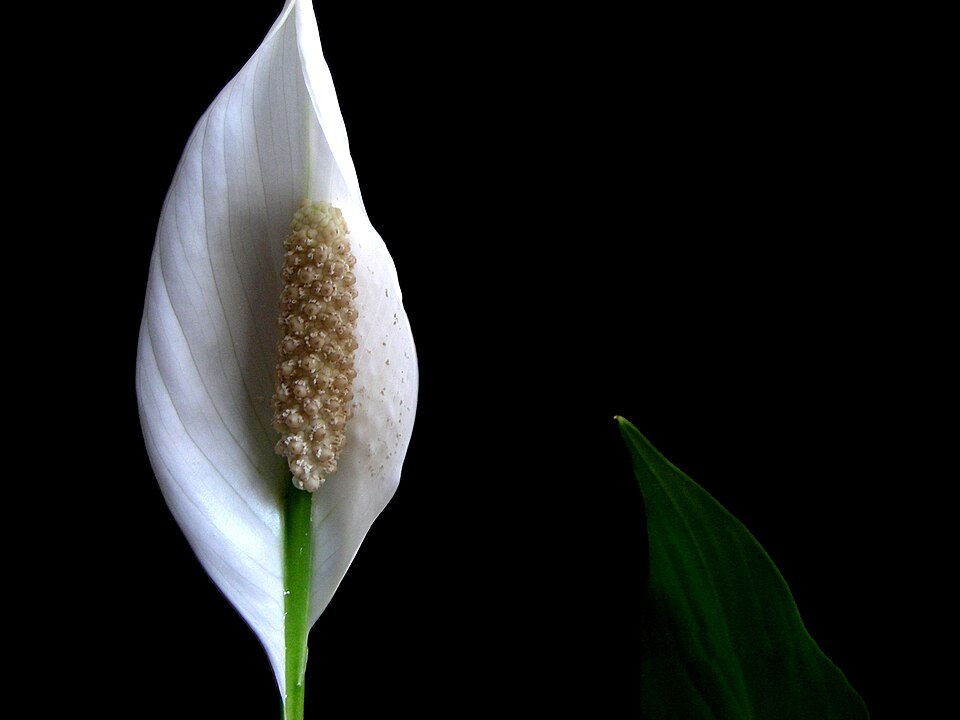
Scientific basis: Peace lilies ranked second in the comprehensive evaluation of air-purifying plants in the 2024 Scientific Reports study. They demonstrated the highest purification rate (43.7%) among all tested plants.
Air purification benefits: Peace lilies excel at removing benzene, formaldehyde, trichloroethylene, ammonia, and xylene from indoor air. Their broad leaves increase their surface area for air filtration.
Cost consideration: Peace lilies are reasonably priced, with small plants available for $15-25, medium plants for $25-45, and larger specimens for $45-70. The average price is around $35.
Care requirements: Peace lilies prefer indirect light and regular watering. They helpfully droop when they need water, making it easy to know when to water them. They’re moderately easy to care for.
3. Aloe Vera (Aloe vera)
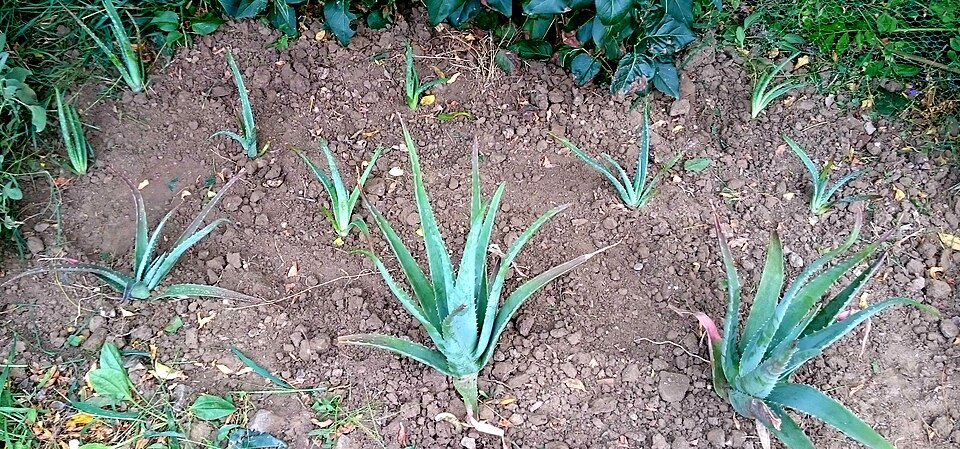
Scientific basis: While the common Aloe vera wasn’t specifically tested in the 2024 study, its close relative Aloe arborescens ranked third in overall purification ability. Aloe plants have been shown to effectively absorb formaldehyde and benzene.
Air purification benefits: Aloe plants help remove formaldehyde and benzene from the air. They also act as a practical air quality indicator, developing brown spots when pollution levels are high.
Cost consideration: Aloe vera is one of the most affordable air-purifying plants, with prices ranging from $8-15 for small plants and $15-30 for medium plants. The average price is approximately $20.
Care requirements: Aloe vera requires minimal care, needing only bright, indirect light and infrequent watering. The soil should dry completely between waterings.
4. Spider Plant (Chlorophytum comosum)
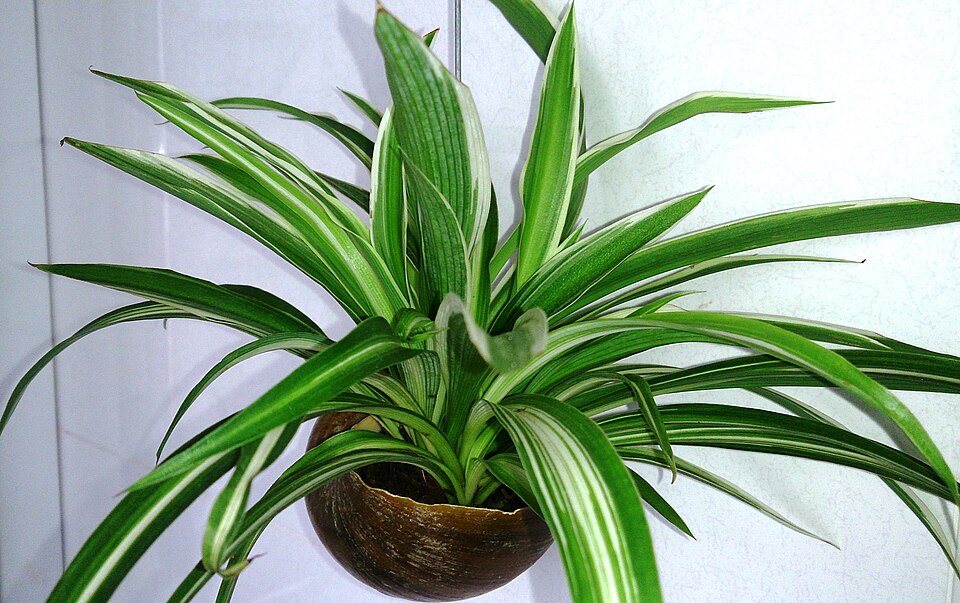
Scientific basis: Spider plants were included in the original NASA Clean Air Study and have been shown to remove formaldehyde and xylene from indoor air. In the 2024 study, Chlorophytum comosum showed moderate purification abilities.
Air purification benefits: Spider plants are effective at removing formaldehyde, xylene, and carbon monoxide. They’re also non-toxic to pets, making them a safe choice for animal owners.
Cost consideration: Spider plants are very affordable, typically priced between $10-30 depending on size. They also produce “babies” that can be propagated into new plants, increasing their value.
Care requirements: Spider plants are very forgiving, adapting to various light conditions and irregular watering. They’re ideal for beginners.
5. Boston Fern (Nephrolepis exaltata)

Scientific basis: Boston ferns were identified in the NASA study as effective air purifiers. While not included in the 2024 study, previous research has shown they excel at removing formaldehyde and xylene.
Air purification benefits: Boston ferns are particularly effective at removing formaldehyde and acting as natural air humidifiers, which can help reduce airborne dust.
Cost consideration: Boston ferns typically cost between $15-40 depending on size, with an average price of around $25.
Care requirements: Boston ferns require more attention than other plants on this list, needing consistent moisture and humidity. They’re best for those willing to provide regular care.
Maximizing Air Purification Benefits
To get the most air-purifying benefit from your plants:
- Use multiple plants: Research suggests you need at least one medium-sized plant per 100 square feet of space for noticeable air quality improvement.
- Place strategically: Position plants near potential pollution sources like new furniture, electronic equipment, or in rooms where you spend the most time.
- Keep plants healthy: Healthy plants are more effective at air purification. Follow proper care guidelines for each species.
- Clean leaves regularly: Dust on leaves can reduce a plant’s air-purifying efficiency. Gently wipe leaves with a damp cloth periodically.
- Combine with other methods: For best results, use plants alongside other air quality improvement strategies like proper ventilation and reducing pollutant sources.
Conclusion
While houseplants may not completely solve indoor air pollution problems, scientific research supports that they can contribute to improved air quality while adding beauty and life to your home. The five plants recommended in this article—Snake Plant, Peace Lily, Aloe Vera, Spider Plant, and Boston Fern—offer a balance of proven air-purifying abilities, reasonable cost, and manageable care requirements.
Note: If you find it difficult to choose among these options, you can use our online random tool to select one. The important thing is to buy a plant first and try out the effect. Even a single plant can be a step toward healthier indoor air and a more vibrant living space.
References
- Li, D., Wang, H., Gao, Q., & Lu, M. (2024). Study on the ability of indoor plants to absorb and purify benzene pollution. Scientific Reports. https://www.nature.com/articles/s41598-024-63811-4
- Wolverton, B.C. (1989). A study of interior landscape plants for indoor air pollution abatement. NASA. https://ntrs.nasa.gov/citations/19930073077
- American Lung Association. (2024). Actually, Houseplants Don’t Clean the Air. https://www.lung.org/blog/houseplants-dont-clean-air
- Spinoff NASA. (2019). NASA Plant Research Offers a Breath of Fresh Air. https://spinoff.nasa.gov/Spinoff2019/cg_7.html
